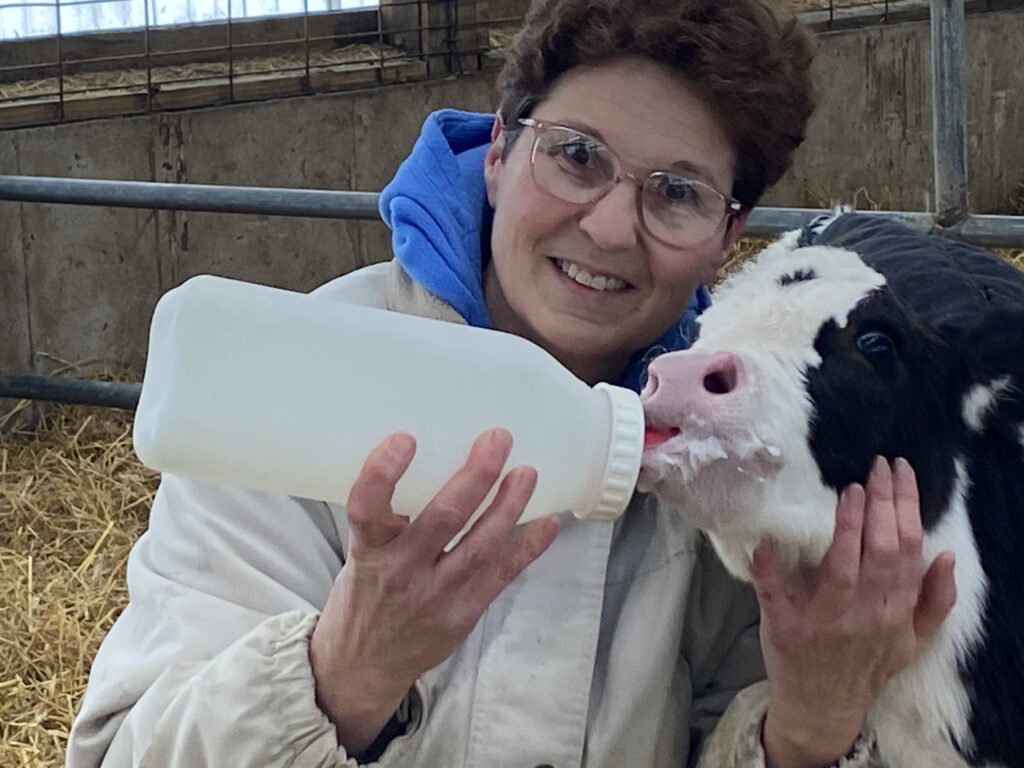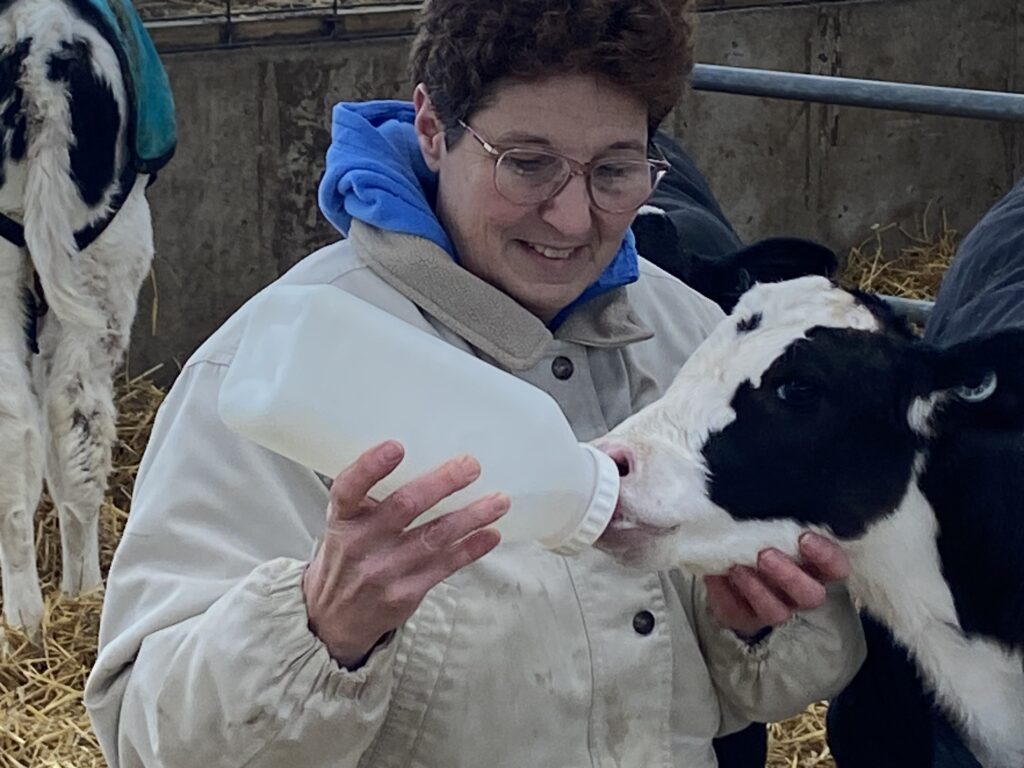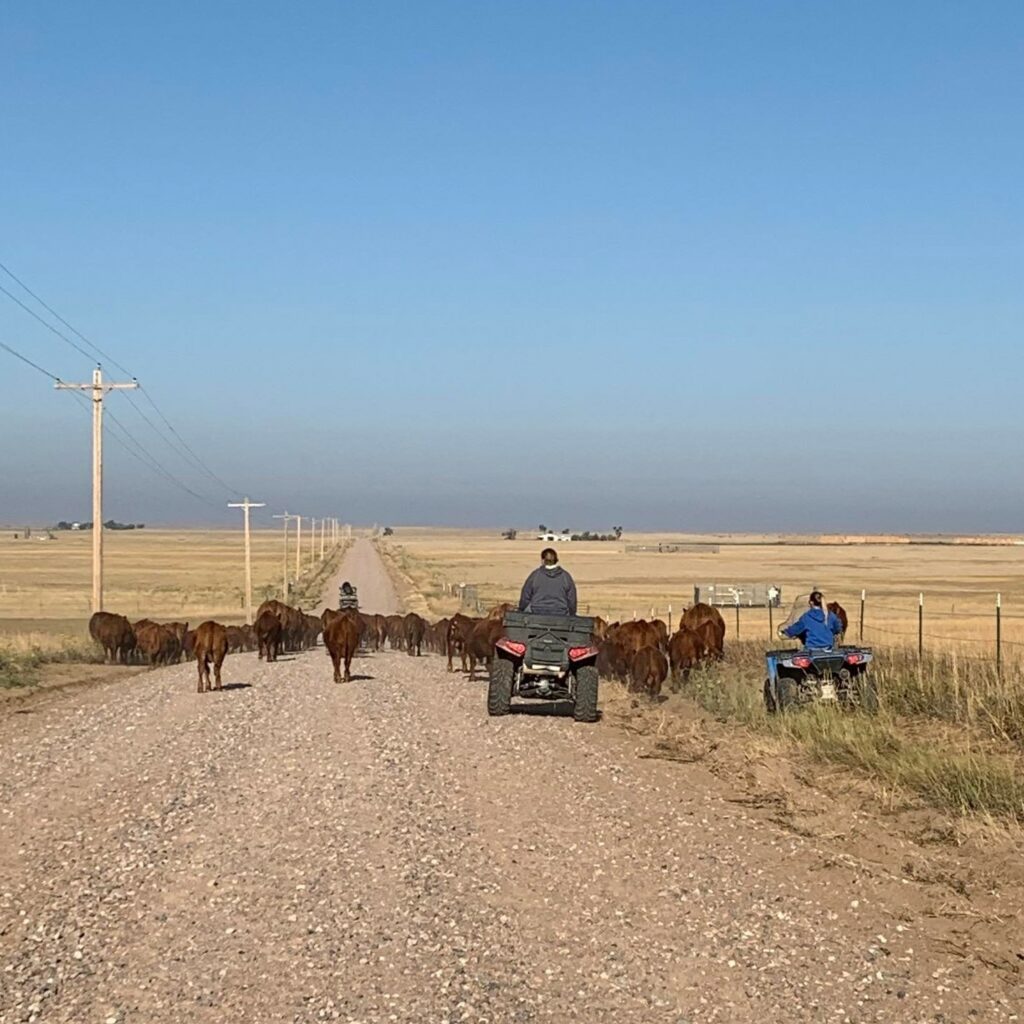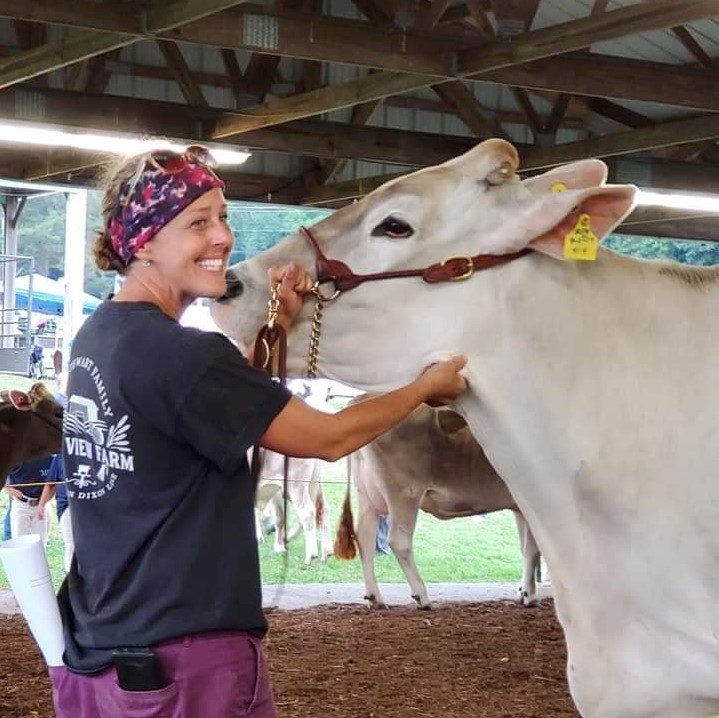Calf Care Manager Pam Selz-Pralle


Pam is an expert in the dairy industry. As the primary caretaker of newborn calves, she shares the hard work that goes into keeping calves healthy.
One of my favorite parts of my job is calving! My husband and I own and operate our Wisconsin family dairy farm, which has been in my family for over a hundred years. As a primary owner of the farm, I am in charge of our calf barn, which means that I am exceptionally busy making sure our cows have safe and healthy births.
Because we never know exactly when a cow will go into labor, we have to be prepared to assist at any time. We monitor our maternity pens with cameras. This way we can see what’s happening live at any point during the day or night. Like people, cows who are giving birth for the first time can have longer labors than experienced cows.
We have to act quickly if we notice a cow in labor, especially in the winter. Once our calves are born, we place them into a warmer, feed them colostrum, and put them in a calf jacket. Calf jackets are insulated covers to help keep newborn calves warm while we are feeding them the calories they need to build up immunity. When calves are first born, they don’t have the immune system needed to keep them healthy. Their bodies are 101 degrees, so the babies get distressed even when it’s 60 degrees outside. We keep the jackets on for about four to six weeks, depending on the calf’s size. Once removed, their hair fluffs up to provide protection from cold temperatures.



It is important I keep a close eye on them because, unlike our human children, they can’t tell us what is wrong. Instead, I have to rely on behavior and body signs to figure it out. We are pretty persnickety about keeping our animals safe and healthy and do everything we can to protect them. When I walk into the barn every morning, I expect my calves to be standing up and ready to eat. Once they’re finished eating, they lick each other like horses. If they are laying down and seem like they aren’t interested in food, if they don’t finish their food or if they lay down right after eating, it is a sign the calf doesn’t feel well. That’s when I take its temperature. Then we have a chart that we follow that guides us through their management. It’s hard work keeping calves happy and healthy, but it’s worth it!


